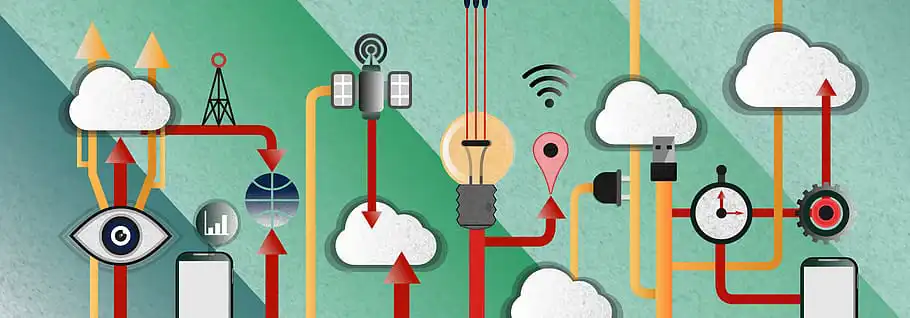The Notion of Austerity
Austerity refers to attempts by governments to reduce their budget deficits during a national debt crisis. Although such economic adjustment measures are often deemed necessary by fiscal conservatives and international creditors, they are often quite burdensome. These burdens fall disproportionately on ordinary citizens who must endure cuts in various public services, pensions, and other forms of public spending.
While containing fiscal expenditure might prevent the national economy from sliding into an abyss, it often entails significant political fallout. The enforcement and maintenance of austerity measures present significant challenges, and frequently result in widespread public dissatisfaction and unrest.
Voters frown upon any form of economic hardship and often react negatively at the polls. Particularly, austerity measures seem to elicit a unique level of voter ire, resulting in considerable political costs. Notable researchers have sought to measure the electoral costs of austerity.

They have found that austerity measures tend to negatively affect governing parties. Citizens around the globe have demonstrated through their votes that they are less likely to favor incumbents who spearhead austerity drives.
Political Party Repercussions
Political parties who advocate for these controversial policies often face backlash. Such parties tend to lose a significant portion of their electoral base, especially if the austerity measures result in a decline in living standards. This loss can extend beyond the immediate electoral cycle and continue to haunt the party for subsequent elections, causing long lasting electoral losses.
Moreover, the implementation of austerity measures often leads to socio-political disruption. Demonstrations, strikes, and protests, often with dimensions of violence, are commonly observed phenomena after the announcement of fiscal tightening measures.
Austerity often precipitates social tensions, unrest, and other forms of dissent, all of which pose challenges to the stability of incumbent administrations. In addition, these tensions often give rise to populist parties and candidates, further complicated the political landscape.
Additionally, austerity measures can exacerbate political polarization. As the debate over economic policies becomes heated, political factions often become more entrenched, further destabilizing the political climate.
Effect on Voter Reactions
The adverse impact of austerity not only reflects in the electoral fortunes of the incumbent government but also influences the political behavior of the electorate. Studies have observed the simultaneous rise of political extremism and skepticism towards the global economic order in nations undergoing austerity measures.
This skepticism has resulted in increasing numbers of voters opting for non-traditional and extreme political alternatives. There is a correlation between the implementation of fiscal tightening measures and the rise in popularity of fringe political entities. It seems that when voters are pushed to endure financial hardships, they are more willing to consider unconventional political options.
Interestingly, the reaction to austerity measures is not consistent across all demographic groups. Research indicates that older and more wealthy voters are more likely to tolerate austerity, while younger and lower-income demographics tend to express higher levels of dissatisfaction.
The correlation between austerity and voter dissatisfaction is quite noticeable in countries with high levels of unemployment. In such nations, austerity measures often exacerbate existing economic woes and trigger a sharp political backlash.
Enduring Socio-Political Effects
The socio-political consequences of austerity measures are not limited to a single election cycle. The dissatisfaction with fiscal tightening often lingers for much longer and influences the political behavior of voters in subsequent elections.
Unlike other forms of economic hardship which citizens may quickly forget, austerity tends to leave a lasting impression. It seems that voters are capable of holding longstanding grudges against political parties and individuals associated with the imposition of economic austerity.
Moreover, many of the socio-political consequences triggered by austerity, such as political polarization and social unrest, continue long after the measures have ended. This enduring impact significantly complicates the political landscape and impedes post-austerity economic recovery.
Finally, the antagonism towards austerity can often transcend national boundaries and initiate ripple effects in other nations. Especially within interconnected regional communities, experiences of one nation can significantly influence the political likelihood of fiscal tightening in neighboring countries.
Conclusions
Overall, austerity entails significant political costs and often provokes strong voter reactions. Unfortunately, for countries in debt crises with no other viable alternatives, austerity might be a necessary evil. Therefore, policymakers must understand the likely political fallout and institute strategies to mitigate these costs.
Any approach to implementing austerity policies must be cognizant of the potential socio-political disruption and the long-term costs to the political stability of the country. Moreover, it is crucial to devise ways of sharing the economic burden more equitably across different population segments to undermine public dissent.
It is crucial for governing bodies considering austerity measures to be fully aware of the potential political backlash. Policymakers can no longer afford to treat austerity as simply an economic tool devoid of political consequences.
To conclude, the political implications of austerity measures are profound and must be considered whenever these policies are proposed. We should strive to find ways in which fiscal adjustments could be made more politically sustainable and socially equitable.